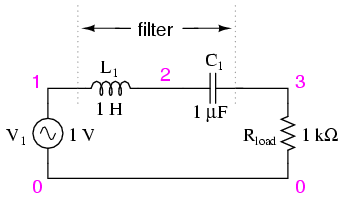Derekk02
Junior Member level 2
Hi,
I want to build several sine wave oscillators (10k, 20k, 30k)How can I synchronize those oscillators to minimize the phase-shift?
I can make the sine-waves with the MAX038 and use the PDI pin to sync all devices. The thing is that they are very expensive.
Who has another solution?
Regards,
Derek
I want to build several sine wave oscillators (10k, 20k, 30k)How can I synchronize those oscillators to minimize the phase-shift?
I can make the sine-waves with the MAX038 and use the PDI pin to sync all devices. The thing is that they are very expensive.
Who has another solution?
Regards,
Derek
